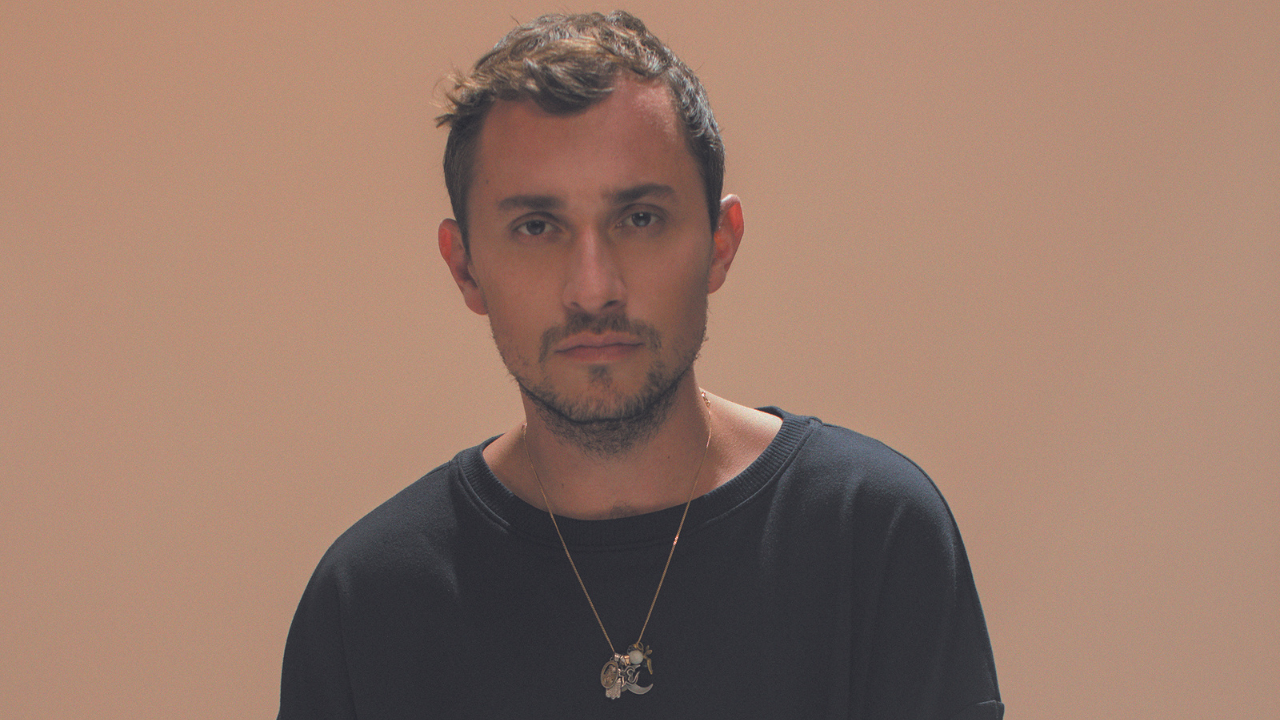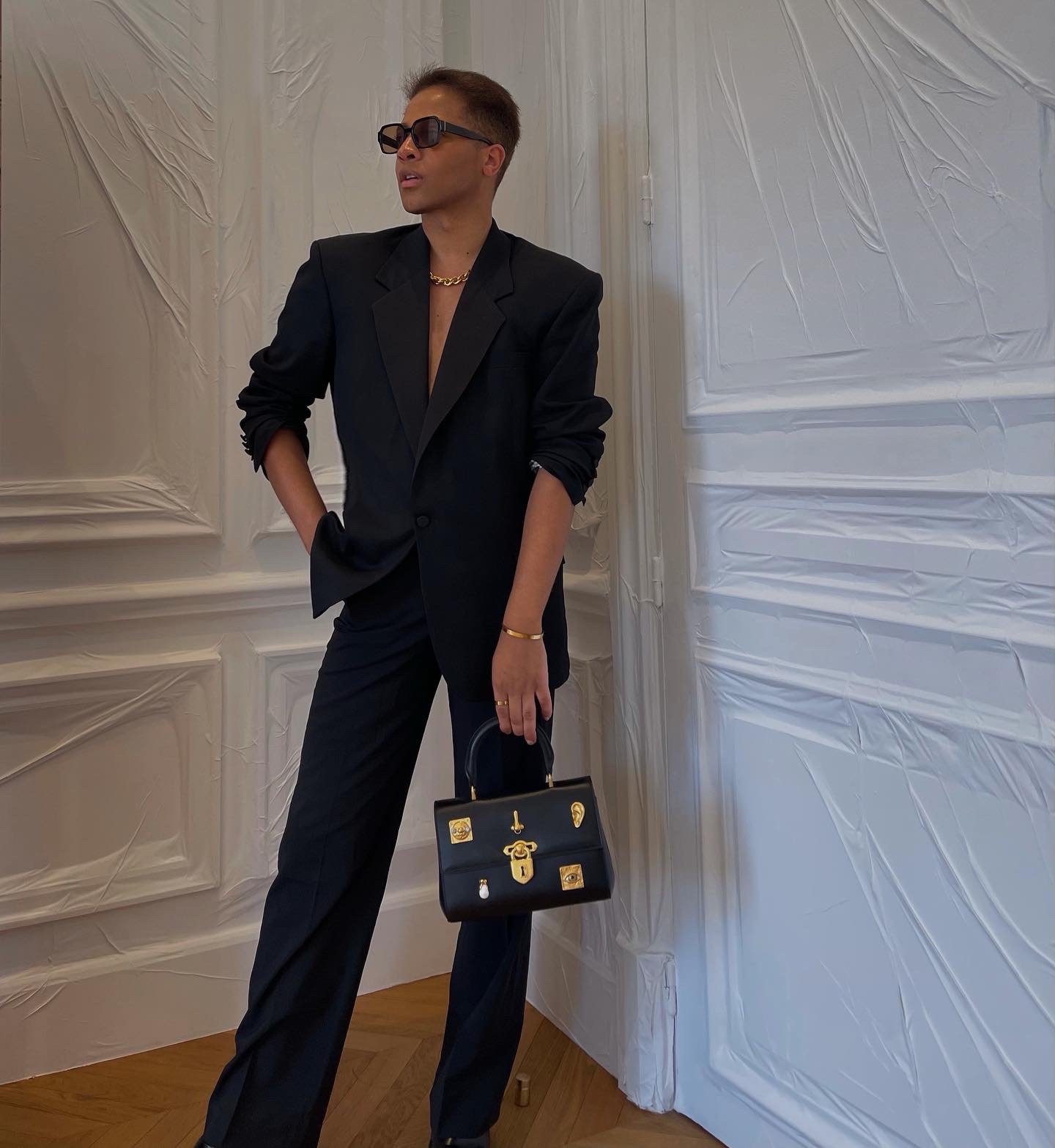

Dior at the Brooklyn Museum, Mugler at Musée des Arts Décoratifs, fashion’s biggest night out a part of the Metropolitan Museum of Art. Fashion, for as long as I can remember, has had a long-standing relationship with art. In designer Esteban Cortázar’s case, he often looks to his childhood—specifically growing up in Miami in the ’90s as the city was going through a renaissance of art and culture—and his well-established contemporary artist father, Valentino Cortázar. While designers like the late Gianni Versace made a home in Miami drawing on its locals and ambiance for inspiration, a parallel world of artists and photographers also migrated to the buzzing beach city for the same reason. Years later, Miami still holds home to a thriving art and fashion crossover, including the Art Basel fair.
Ahead, we talk to the Bogotá-born, Miami-raised creative on his career and incorporating his artist background into his exquisite designs.
Grazia: One of the parts of your career I find most interesting was how young you were when you started out. You were just 17 when you showed your first show during NYFW, I was 18 when I started my first editorial job, so I totally relate to being young and wanting to be taken seriously. What was it like starting so early?
Esteban Cortázar: It was quite liberating and not that scary because I felt spontaneous and free to express myself with not so much pressure since I was so young. I didn’t really have anything to lose and way more to gain and learn. I knew some people didn’t take me seriously, but at the same time, some did, and I focused on that and on authentically doing my thing and have kept doing that ever since, but now there is a bit more pressure, ha-ha.
G: Miami’s Latin cultural scene became the inspiration for so many creatives such as Bruce Weber, Peter Lindberg, and Herb Ritz—how has the city influenced you in your work?
EC: So much! especially during the ’90s, which were really the golden days of South Beach. I think the light is magical there, and there is certain energy like no other. I think this is why all these incredible photographers loved to shoot there and why so many musicians have recorded there, or artists have created there. South Beach was a little tropical Art Deco village full of artists, eccentric retirees, models, designers, artists, etc. It was a melting pot for relaxed creativity.
G: You’re such an impactful force within the fashion community. One thing I admire is that you’re constantly pushing for more diverse inclusion within the industry. It’s so needed. How has that journey been in terms of pushing for that within the industry?
EC: It’s a state of mind for me, it comes naturally. I’ve had a very multicultural life in my family and upbringing, and diversity inspires me and always has. It’s not something I’ve had to think about so much; it’s part of my DNA.
G: Your father, Valentino Cortázar, is an outstanding contemporary painter and has inspired some of your work, including your recent Desigual collaboration. What has been the most valuable advice he’s given you as a creative?
EC: To always contemplate nature, horizons, landscapes and let the imagination roll. To never compromise my freedom as a creative and to do things calmly and one step at a time.
G: As we see, art and fashion have a very thin line between them, if one at all. Each designer approaches their design process differently. How do you start off idealizing a collection?
EC: It’s different every time, it can be a conversation, an image, or a song, but I usually inject personal experiences or memories into all my collections, making them feel authentic.
G: That being said, would you consider yourself an artist or designer first?
EC: As an artist, I used to think that I was more of a designer, but as I matured and saw all of my interests and desires for change, I am definitely an artist first.














